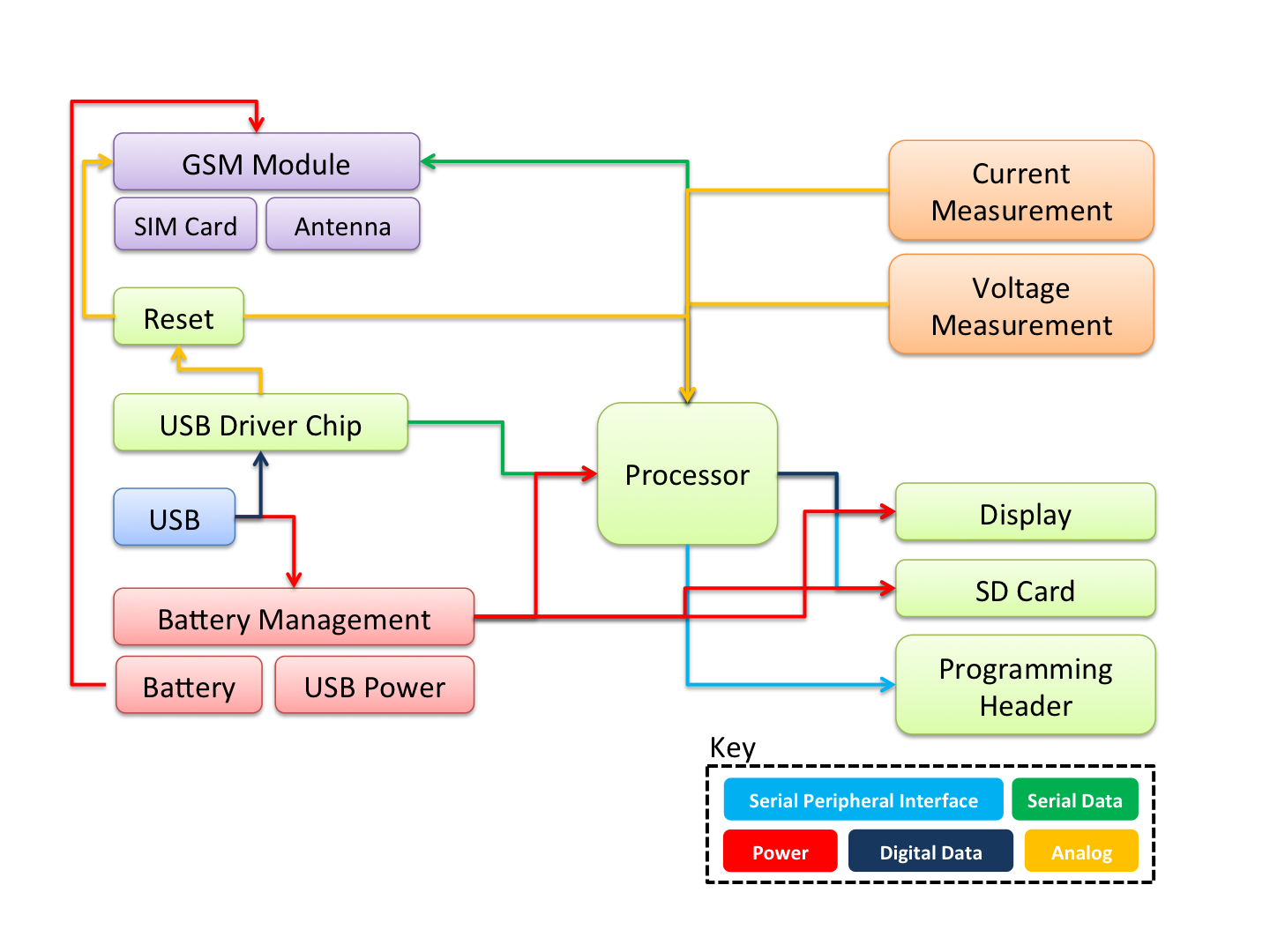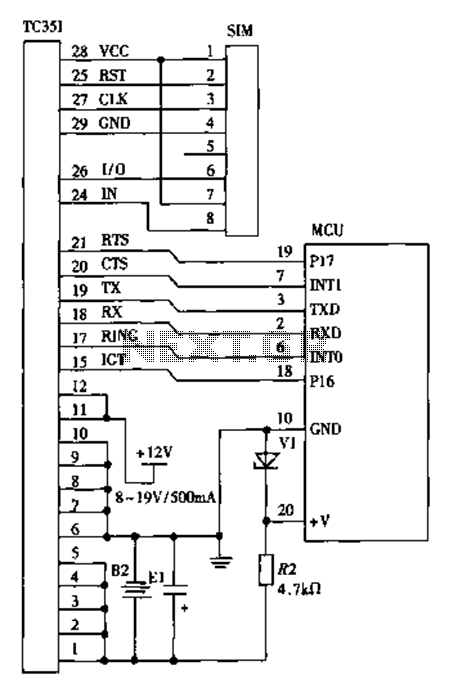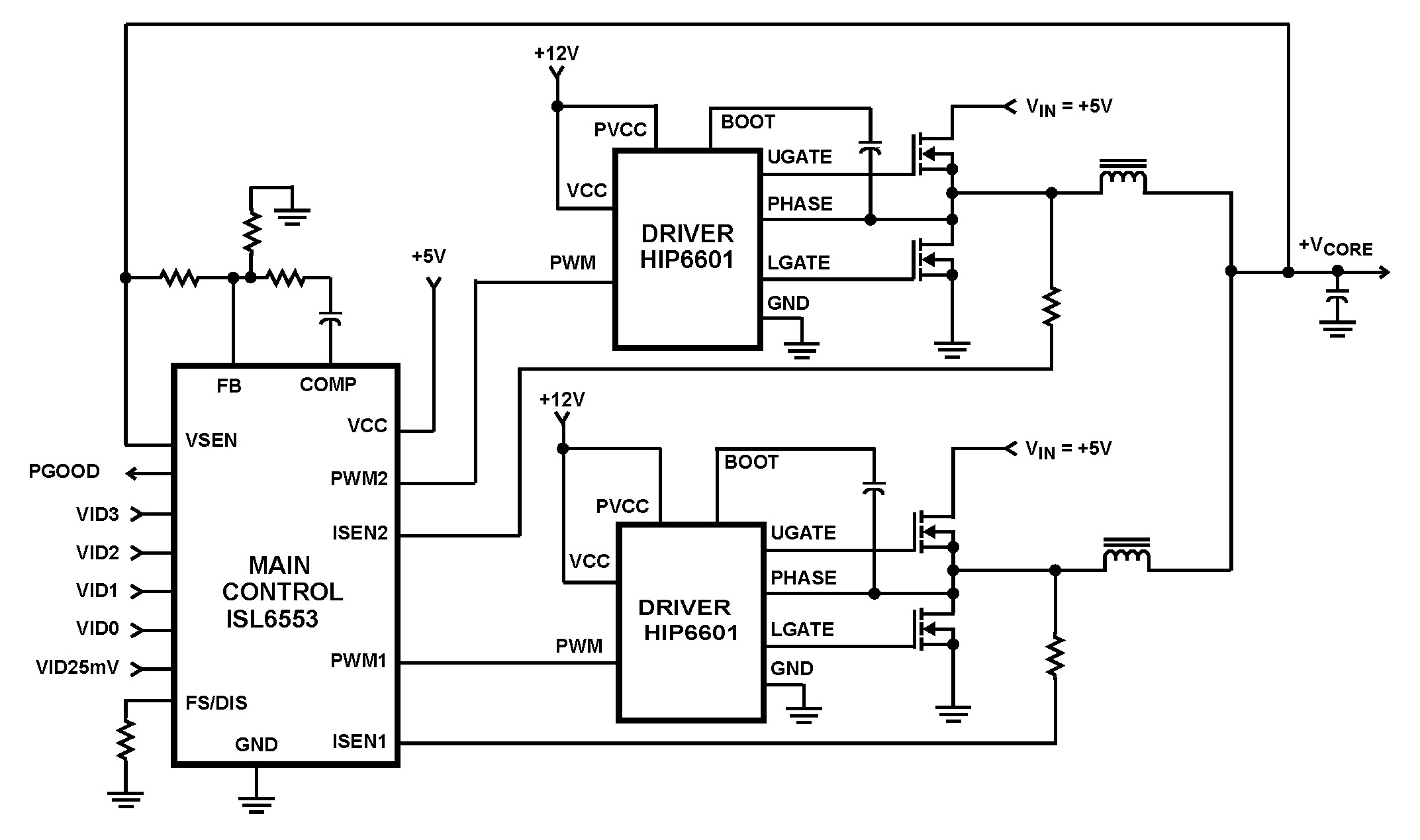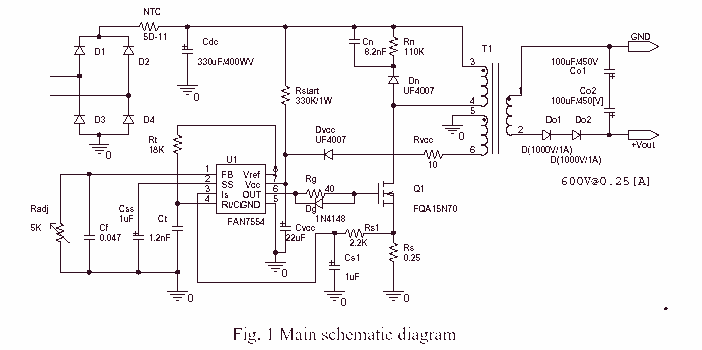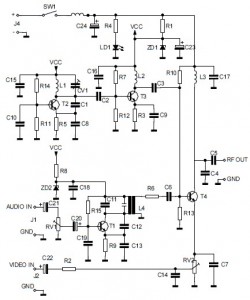
buck converter design demystified
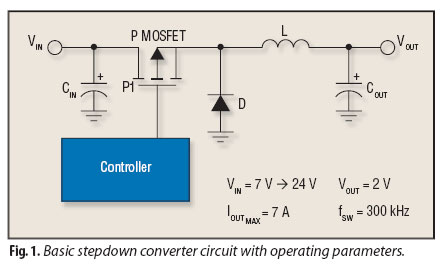
Although step-down converters, commonly known as buck converters, are highly popular, the guidelines and calculations that facilitate their design can be challenging to locate.
Buck converters are a type of DC-DC converter that efficiently reduce a higher input voltage to a lower output voltage while maintaining a high level of efficiency. They are widely used in various applications, including power supplies for microcontrollers, battery chargers, and LED drivers. The fundamental operation of a buck converter involves the use of a switch (typically a transistor), a diode, an inductor, and a capacitor.
The switching element alternates between the on and off states, controlling the energy transferred to the inductor. When the switch is closed, current flows through the inductor, storing energy in its magnetic field. When the switch opens, the inductor releases the stored energy to the output load through the diode. The capacitor smooths the output voltage, reducing ripple and providing a stable voltage to the load.
Key parameters to consider in buck converter design include the input voltage range, output voltage, output current, switching frequency, and efficiency. The inductor value can be calculated based on the desired output current ripple and the switching frequency. Similarly, the output capacitor value is determined by the acceptable voltage ripple at the output and the load transient response.
To optimize performance, it is essential to select components that can handle the required current and voltage ratings, and to implement proper layout techniques to minimize parasitic inductance and resistance. Additionally, feedback control mechanisms are often employed to maintain output voltage regulation under varying load conditions.
Overall, understanding the operational principles and design considerations of buck converters is crucial for engineers looking to implement these devices in efficient power management solutions.Though stepdown converters - buck converters - are extremely popular, the rules of thumb and calculations that speed their design can be hard to find.. 🔗 External reference
Buck converters are a type of DC-DC converter that efficiently reduce a higher input voltage to a lower output voltage while maintaining a high level of efficiency. They are widely used in various applications, including power supplies for microcontrollers, battery chargers, and LED drivers. The fundamental operation of a buck converter involves the use of a switch (typically a transistor), a diode, an inductor, and a capacitor.
The switching element alternates between the on and off states, controlling the energy transferred to the inductor. When the switch is closed, current flows through the inductor, storing energy in its magnetic field. When the switch opens, the inductor releases the stored energy to the output load through the diode. The capacitor smooths the output voltage, reducing ripple and providing a stable voltage to the load.
Key parameters to consider in buck converter design include the input voltage range, output voltage, output current, switching frequency, and efficiency. The inductor value can be calculated based on the desired output current ripple and the switching frequency. Similarly, the output capacitor value is determined by the acceptable voltage ripple at the output and the load transient response.
To optimize performance, it is essential to select components that can handle the required current and voltage ratings, and to implement proper layout techniques to minimize parasitic inductance and resistance. Additionally, feedback control mechanisms are often employed to maintain output voltage regulation under varying load conditions.
Overall, understanding the operational principles and design considerations of buck converters is crucial for engineers looking to implement these devices in efficient power management solutions.Though stepdown converters - buck converters - are extremely popular, the rules of thumb and calculations that speed their design can be hard to find.. 🔗 External reference
